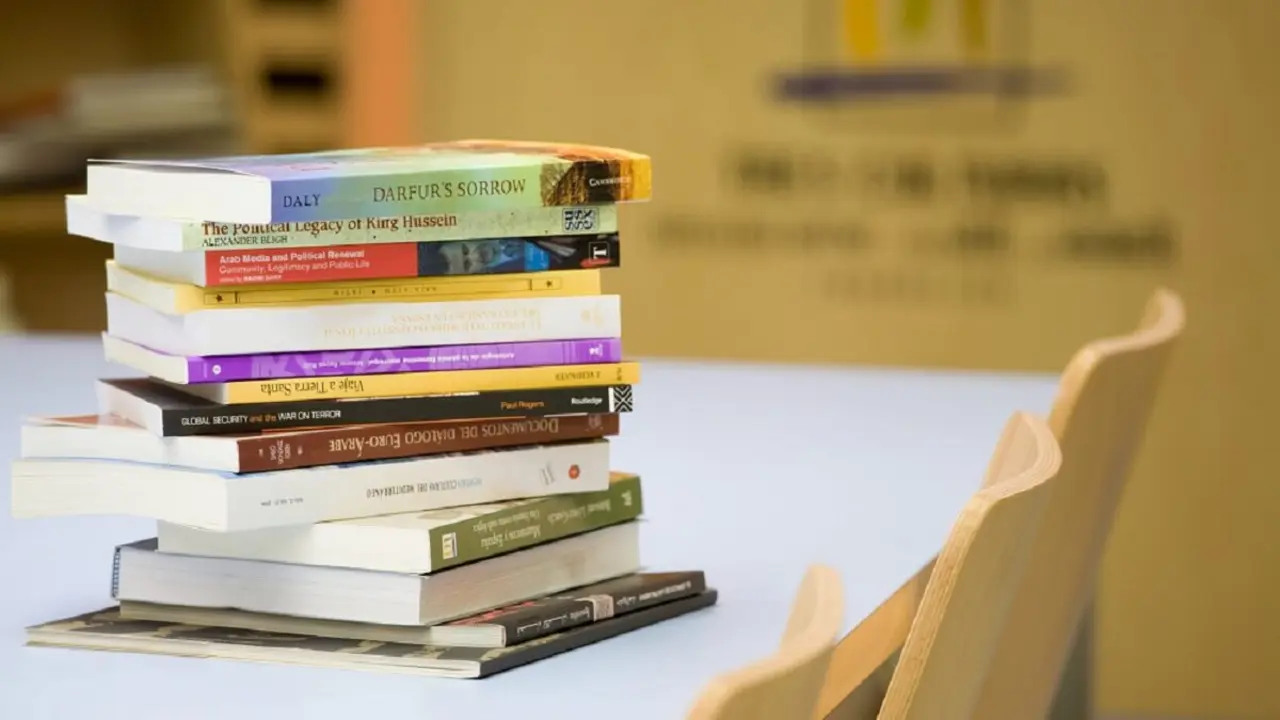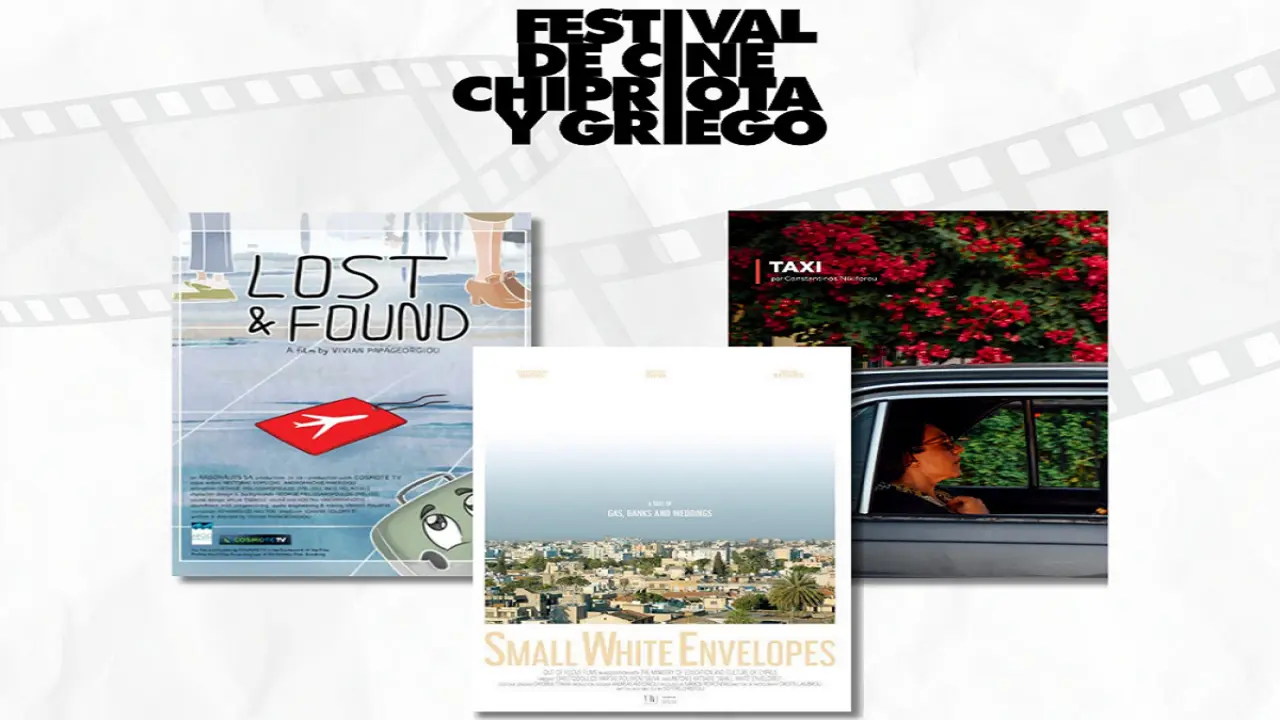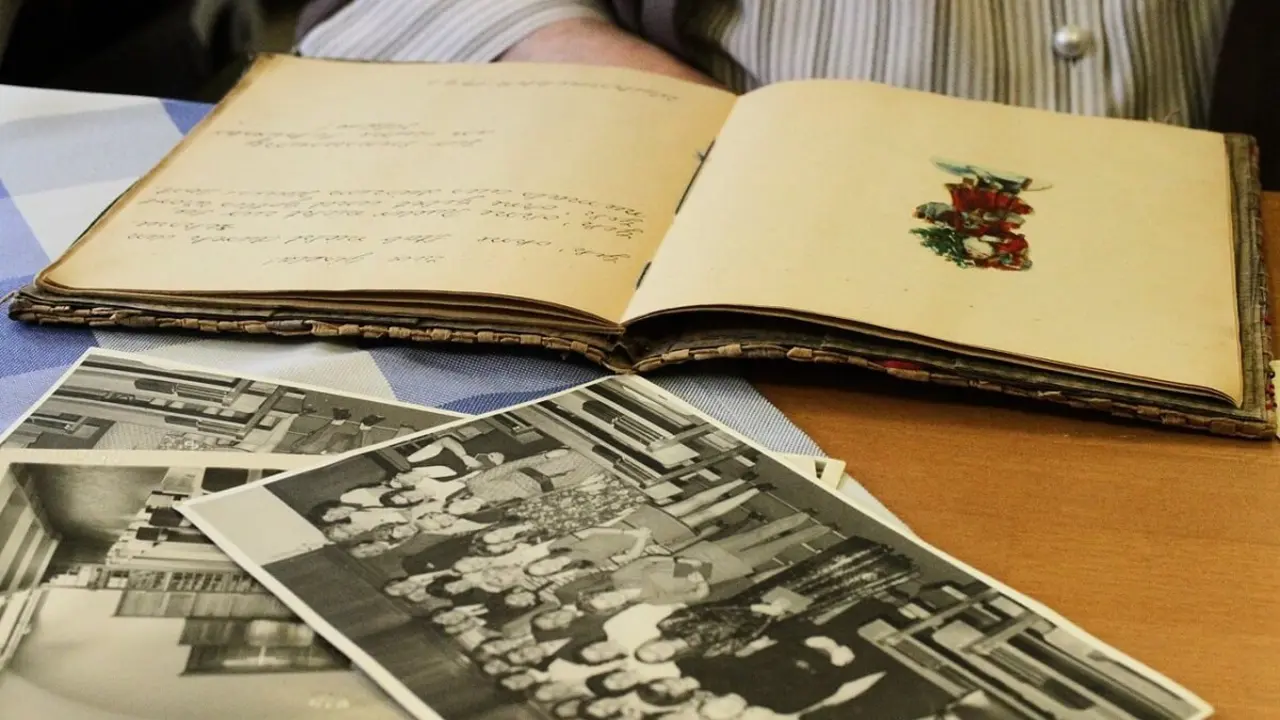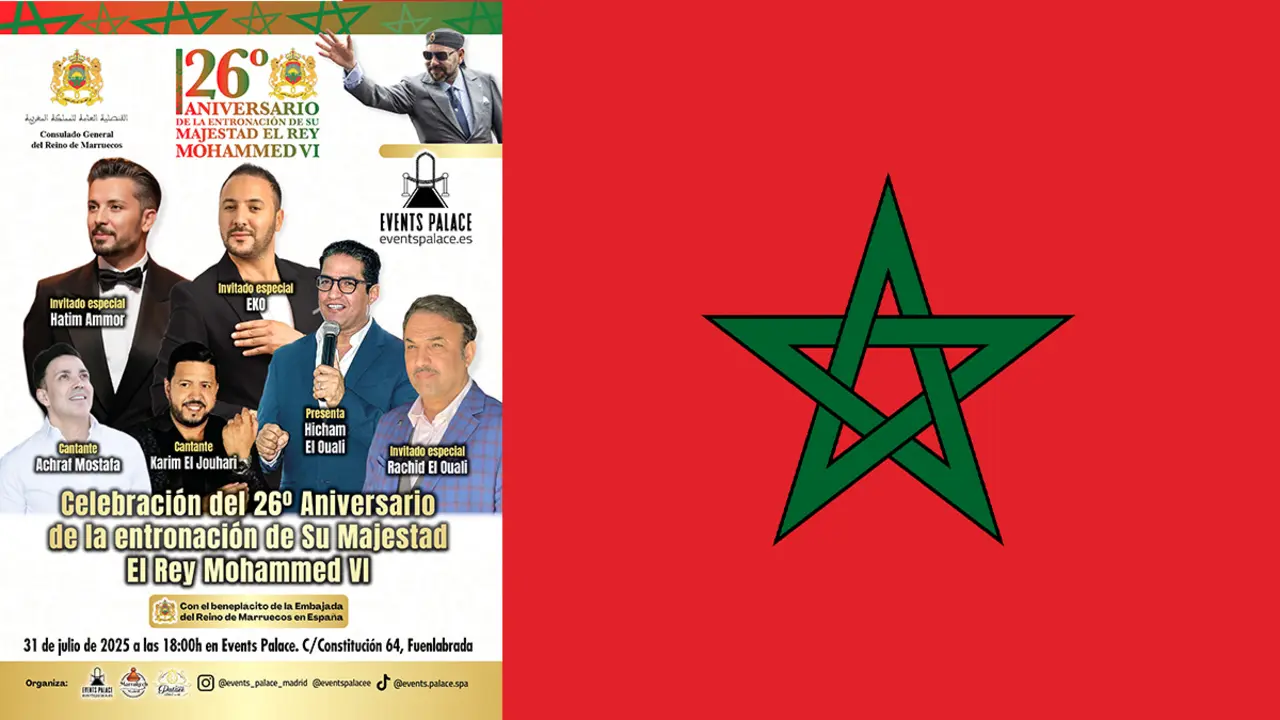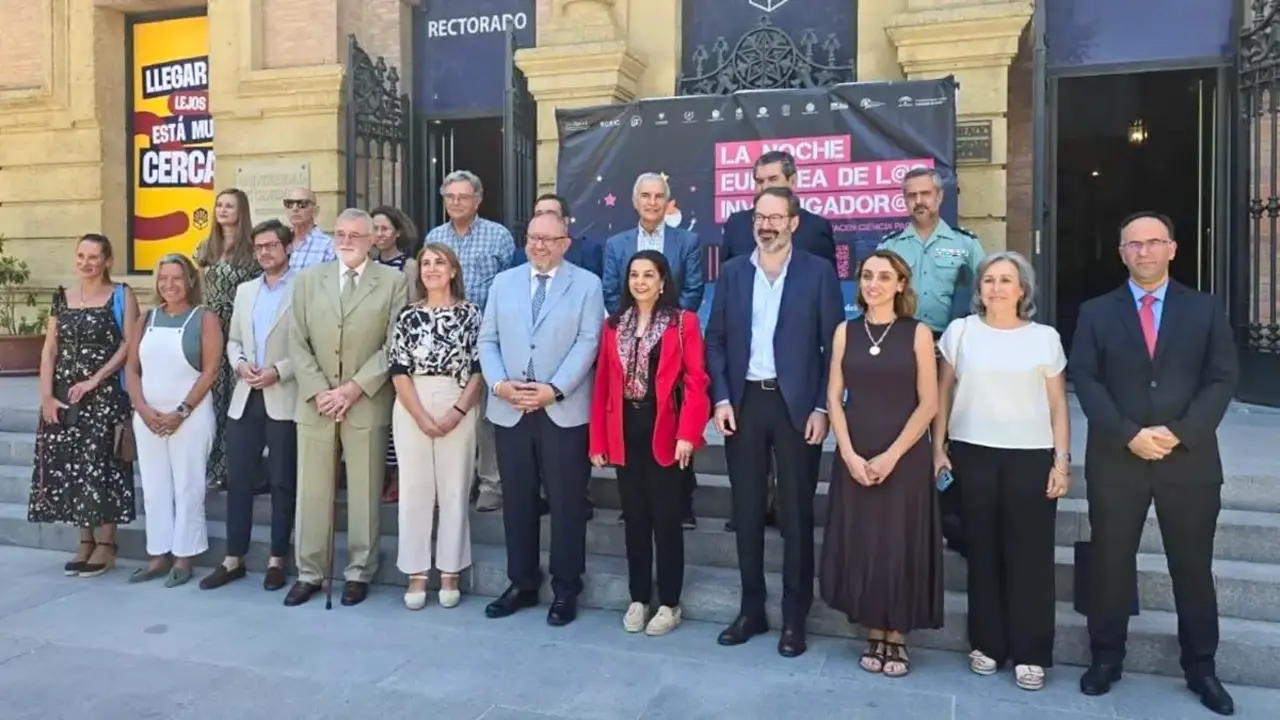Ibn Battouta for Tolerance and the Rapprochement of Peoples celebrates its 2nd International Day
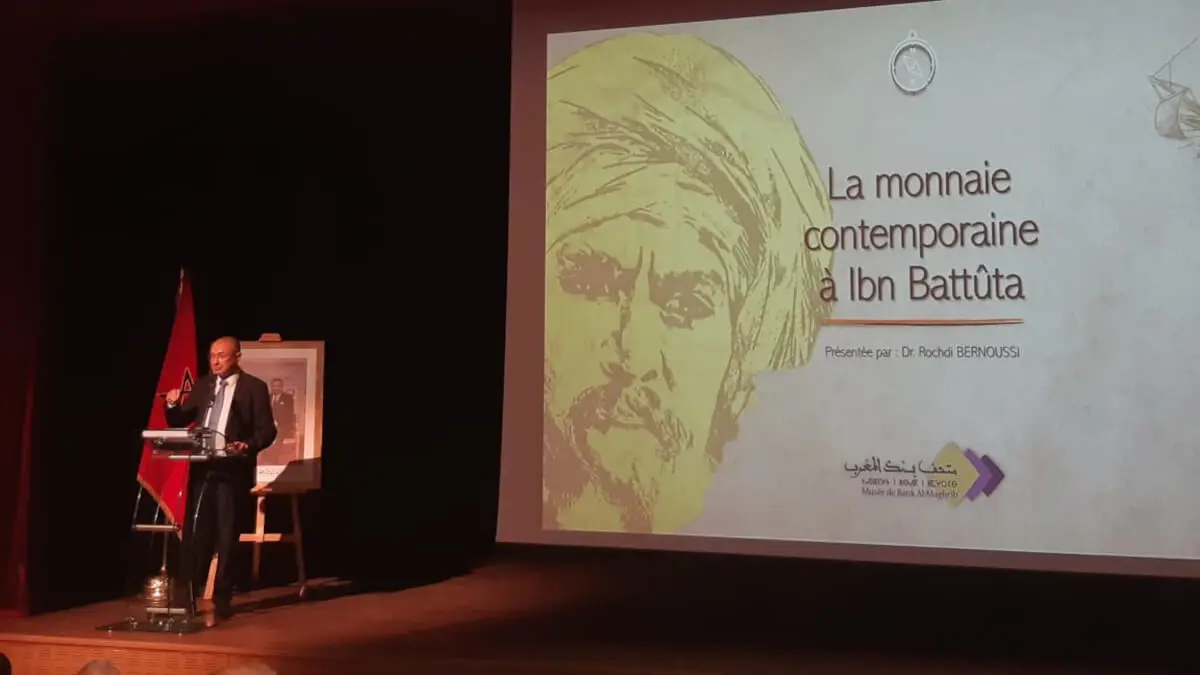
- The port of Tangier: a vector of influence and animation for the city
- ICESCO reaffirms the soft power of culture
- The cultural industry, a national priority sector
- Contemporary currency in Ibn Battuta's time
- Between travel and tourism: culture as a pillar of sustainability
- Culture at the service of tourism promotion and attraction in Tangier
- Badr Tazi maps the footsteps of Ibn Battuta
- Calligraphy as a witness of history
On the occasion of the 700th anniversary of Ibn Battouta's departure from Tangier on his first journey in June, the SAPT, in collaboration with the Abdelhadi Tazi Foundation, organised the 2nd International Ibn Battouta Day for Tolerance and Rapprochement between Peoples, on Friday 7 June at the Palace of Arts and Culture in Tangier, under the theme Culture at the service of sustainable development.
Yosr Tazi, the president of the Abdelhadi Tazi Foundation, stressed that ‘through his stories, the great medieval traveller Ibn Battuta contributed to the rapprochement between peoples and accurately described the specific characteristics of each community he visited; as well as illustrating the universality that unites us all’.
‘The Foundation's participation in this meeting was aimed at promoting the great traveller Ibn Battuta and defending the values of peace, tolerance and rapprochement between peoples,’ added the son of the great historian Abdelhadi Tazi.
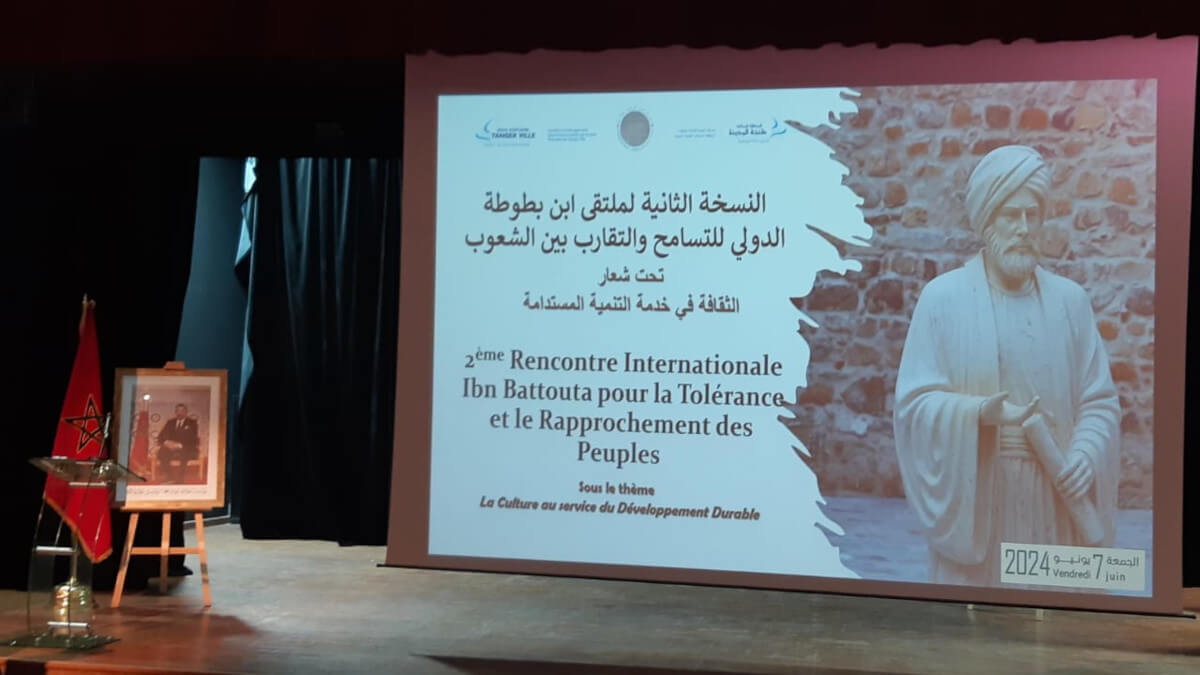
The port of Tangier: a vector of influence and animation for the city
Mohamed Ouanaya, the general director of SAPT, particularly emphasised the strategic position of Tangier within the Mediterranean basin rich in history; pointing out the civilisations that had enriched its heritage and inspiring environment for artists and world celebrities.
‘Tangier is the compass of the country's development, second only to Casablanca, with the Tangier Med port representing a national pride and a success story for the Moroccan economy,’ said Ouanaya.
The Tangier City port is a place of attraction which positions the city on a world scale with a multidimensional project which is committed to the promotion of the cultural heritage (Dar Al Baroud and Borj Naam) and the communication between port and city.
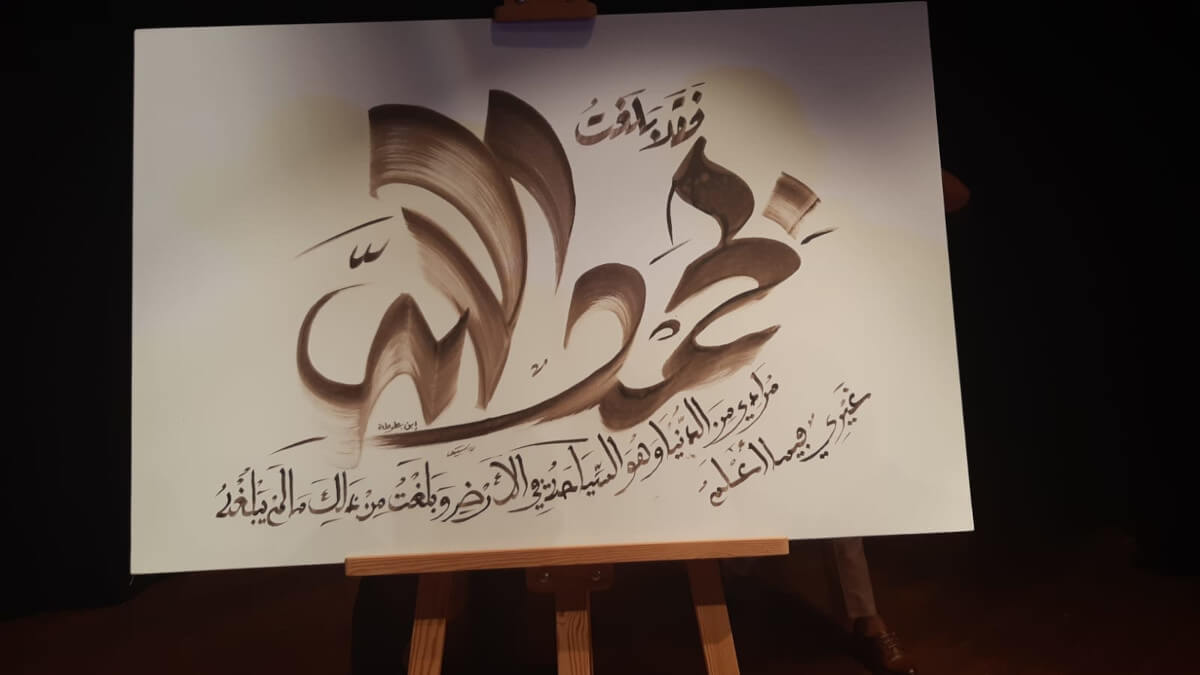
ICESCO reaffirms the soft power of culture
Hani Ali Albalawi, ICESCO's representative, reaffirmed culture's role as a soft power in the context of the diversity that distinguishes peoples from one country to another.
‘Promoting culture as an economy is done through creativity, quality production in the various cultural fields from literature to the arts, traditions, beliefs and lifestyles,’ Albalawi explained.
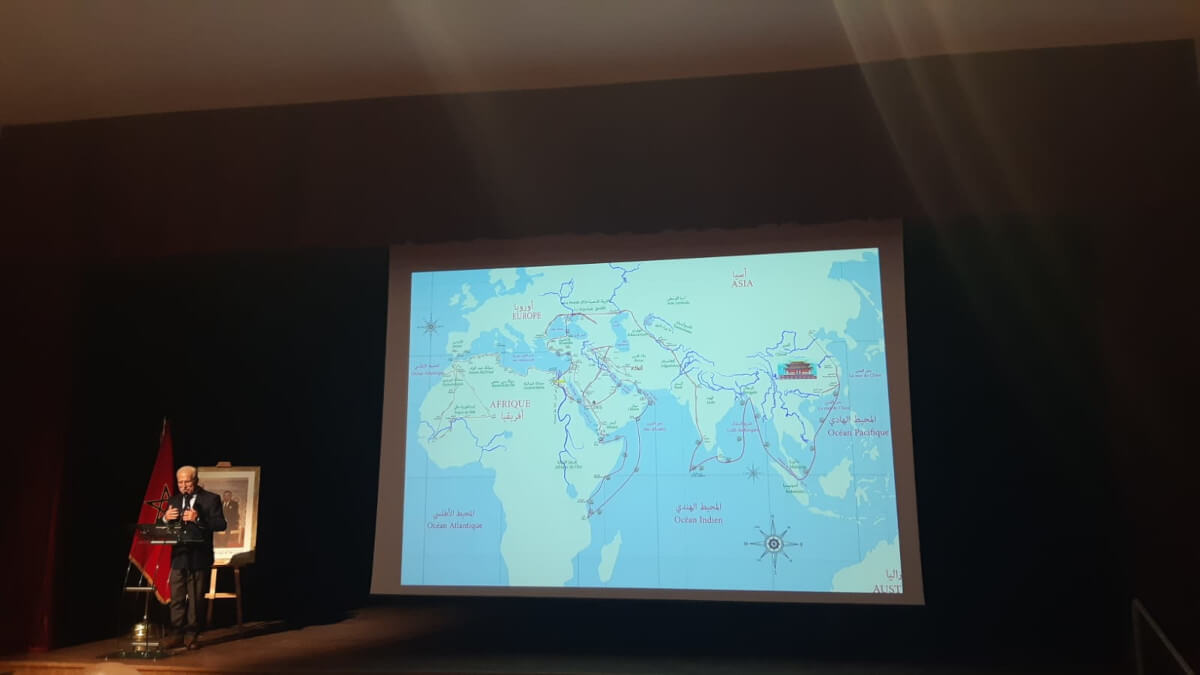
In this regard, he underlined the importance of cultural tourism in the development of the cultural economy today by taking advantage of new technologies in the promotion of cultural products and forms of expression.
The Civilizational Dialogue expert described Ibn Battuta as ‘the best representative of civilizational diplomacy that is interested in human beings, their lifestyle and their essence. He was proud of his culture and lived in harmony with other products of different cultures full of stories.
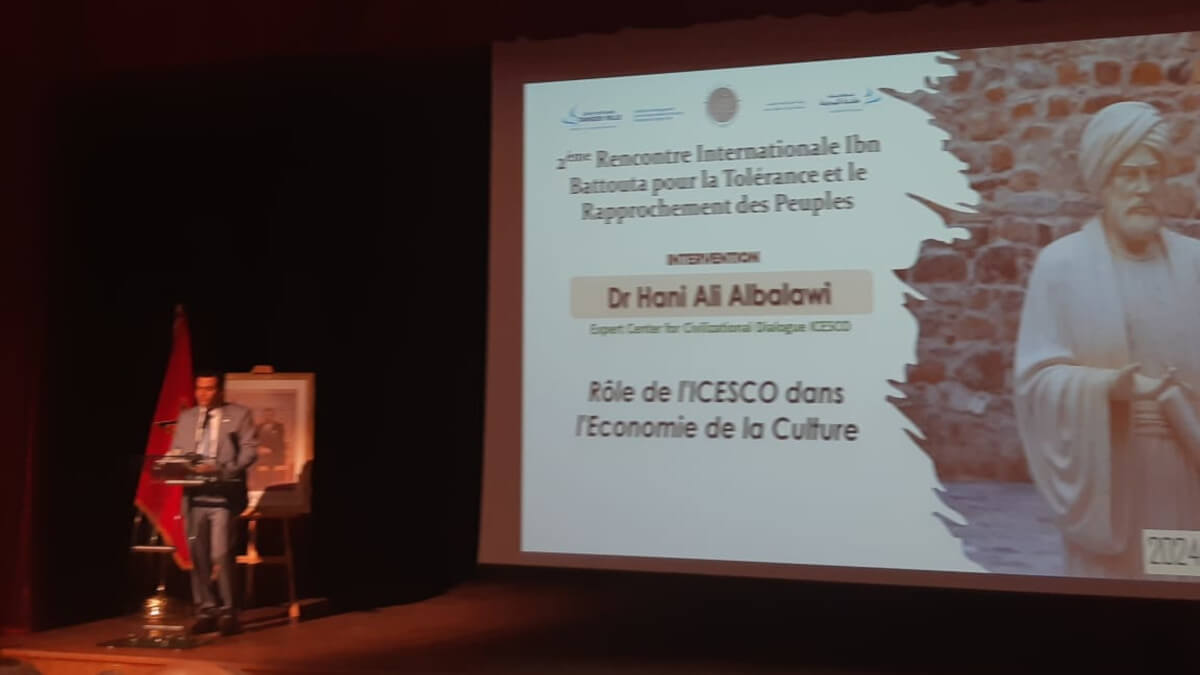
The cultural industry, a national priority sector
Amine El Harti, director of the Economic Impulse and Territorial Supply pole of CRITTA, pointed out that the cosmopolitan region of the north is distinguished by its six medinas and the multiple civilisations that have generated a wealth of culture throughout history.
"Visitors to the region are looking for comfort, but also for culture. This is why the cultural industry has become a priority sector at the national level and is of interest to the Moroccan government to revitalise the region. The Moroccan government is interested in relaunching it in order to prepare for the year 2030,’ said El Harti.
‘Thanks to its port and airport, the region competes today with the south of Spain as an unprecedented model of development, so it is necessary to think of events that can accompany the organisation of the World Cup and leave a mark in the memory of visitors as the emblematic character of Ibn Battouta had done,’ added the representative of the Investment Centre.
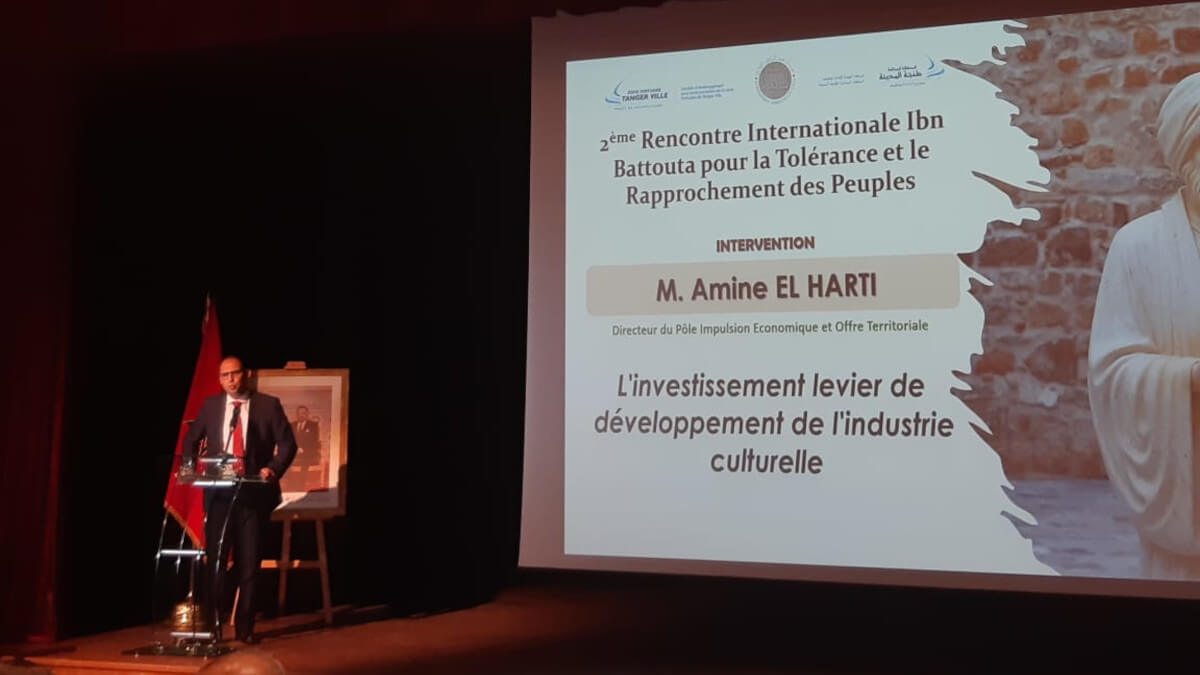
Contemporary currency in Ibn Battuta's time
The head of Bank Al Maghrib's Museums Department, Rochdi Bernoussi described Ibn Battuta, the extraordinary character and the world's greatest traveller in the 14th century, as the founder of tolerance and knowledge of others.
Bernoussi traced the timeline of the development of coins from one country to another along Ibn Battuta's adventurous path through his sojourn in:
- The country of the Merinids in Morocco (1244-1465)
- The country of the Zayyanids in Central Maghrib (1236-1504)
- The country of the Hafsides in Tunisia (1228-1526)
- The Mamluk Country in Egypt (1250-1389)
- The country of the Nasrides in Granada (1237-1492)
‘Before he answered the call of his native country and returned to Fez after almost 30 years exploring the world, Ibn Battuta was able to live an unparalleled adventure, through a journey marked by an incredible cultural immersion, in which he practised trades, experienced each country's specificities and compared its culture with his own,’ concluded the representative of Bank Al Maghrib.
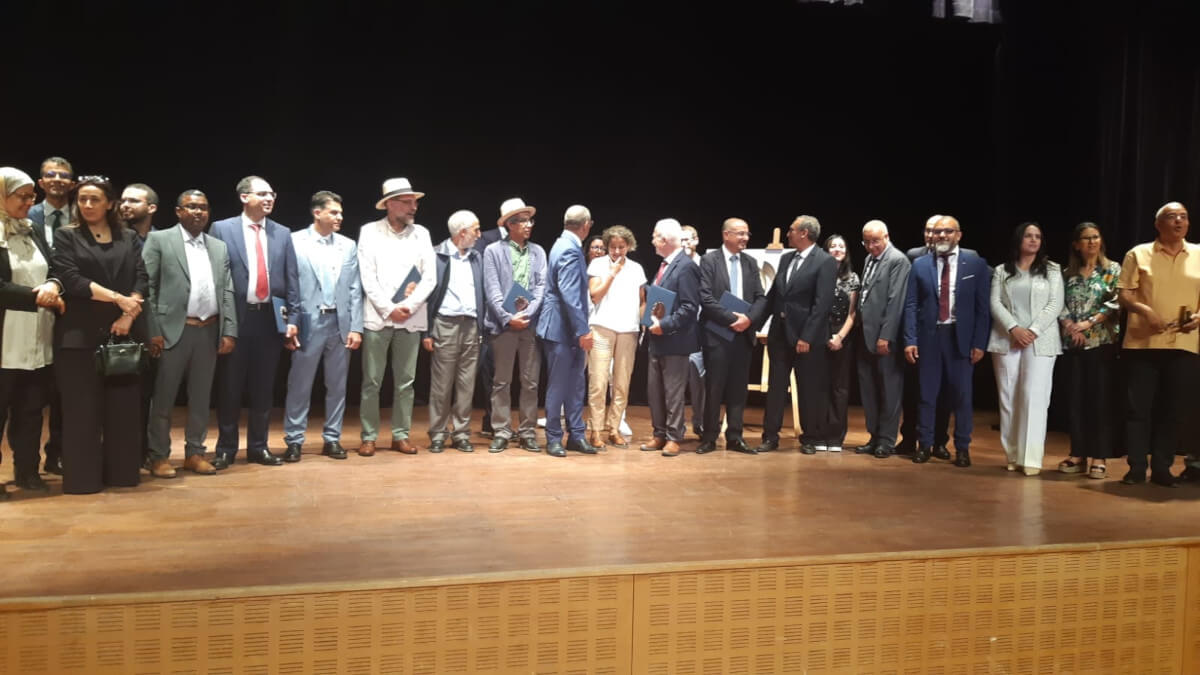
Between travel and tourism: culture as a pillar of sustainability
Sociologist Abdelfattah Ezzine shed light on the meaning of the terms travel and tourism as synonyms for mobility and displacement; clarifying that Ibn Battuta insists on Asfar (travel), as he travelled and did not engage in tourism.
"Culture is one of the pillars of sustainability whose impact on societies is very positive. Travel is the effective way to end despair and xenophobia; it is also the tool that consolidates the openness of peoples and the recognition of other cultures,’ Ezzine stressed.
The research professor also mentioned that ‘in the framework of the cultural industry, the commercialisation of the cultural product has to be carried out differently from other commodities in order to go towards the other and listen to them’, urging the resumption of humanitarian tourism.
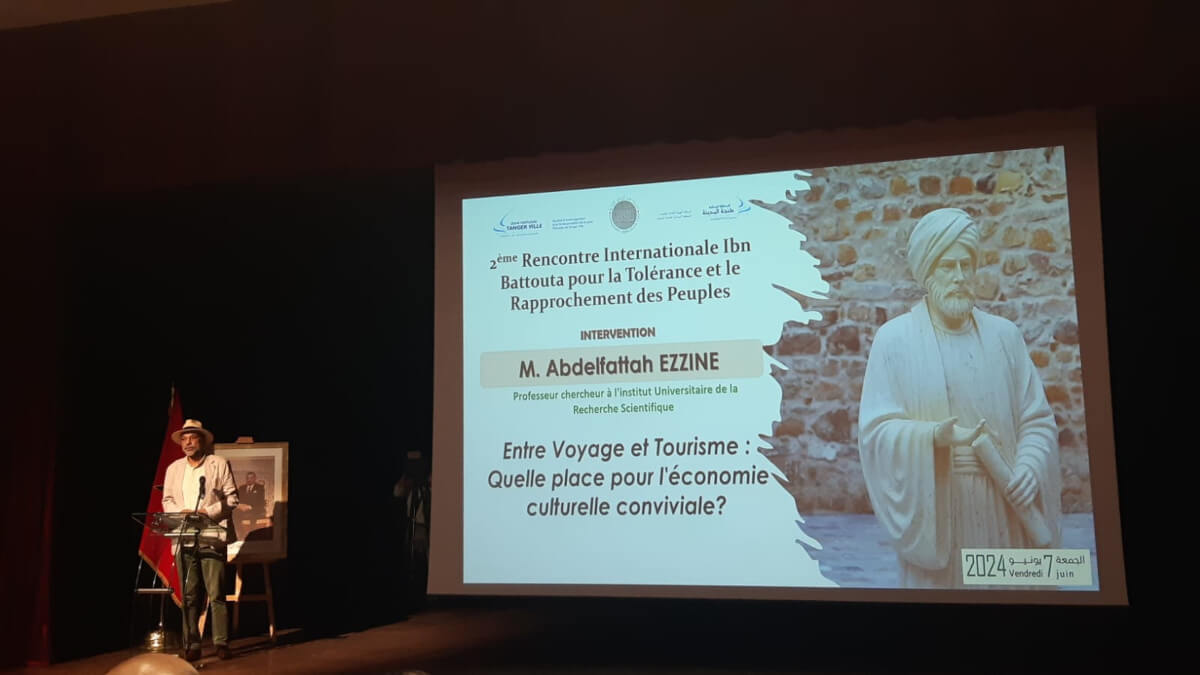
Culture at the service of tourism promotion and attraction in Tangier
Abderrazak Ben Ataya, professor at the International Higher Institute of Tourism in Tangier (ISITT) clarified that ‘tourism is an industry, but also a social and cultural phenomenon and how humanistic and experiential tourism, the trend demanded today to live the heritage and culture of a city with attractive potential’.
The ISITT tourism researcher stated that Tangier has become the fourth tourist destination at the national level after Marrakech, Agadir and Casablanca; thanks to the restoration of its historical heritage, the interactive platforms of tourist information about the city and its complete development model.
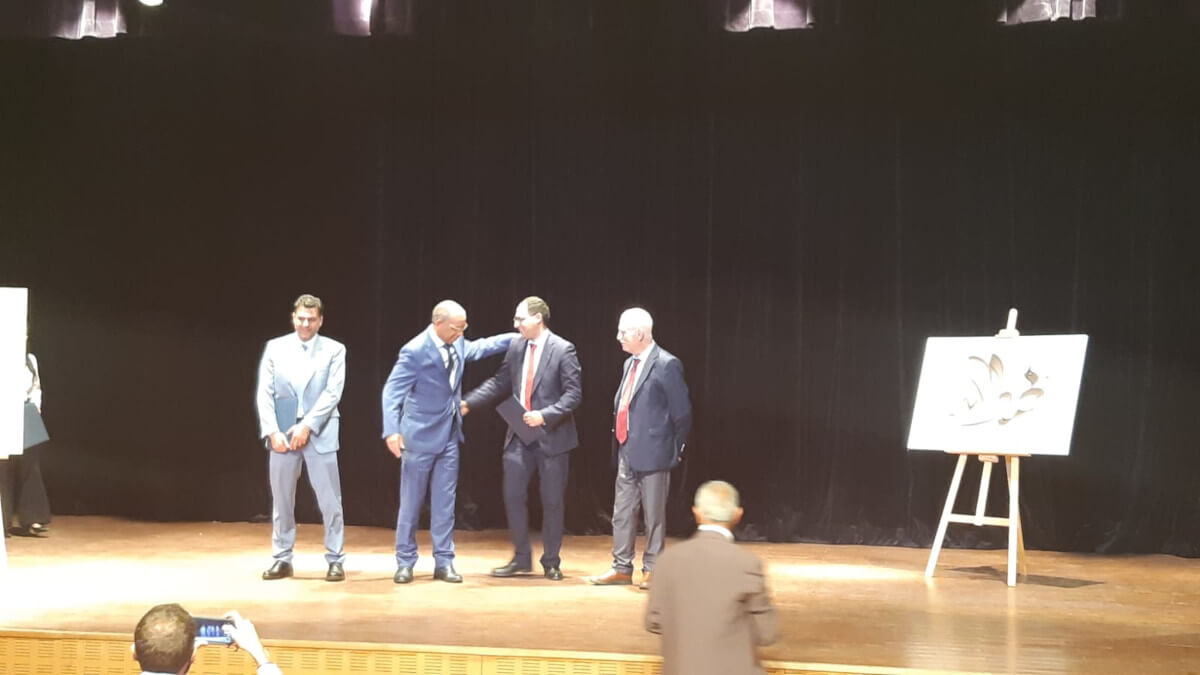
Badr Tazi maps the footsteps of Ibn Battuta
Badr Tazi, a doctor and writer specialising in Ibn Battuta, retraced the trajectory of the great Tangier traveller's adventure from Morocco to India when he left Tangier in 1325 at the age of twenty and set out alone on this long journey full of surprises and events.
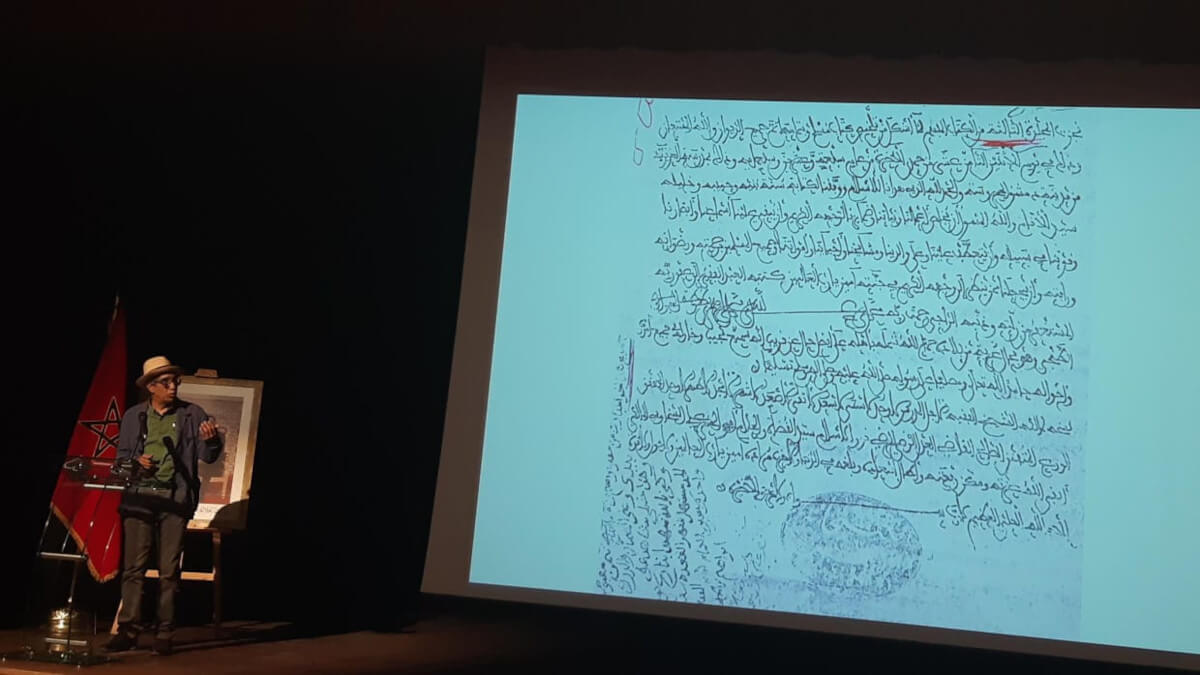
Calligraphy as a witness of history
Calligrapher Sadik Haddari, after presenting his creative work of calligraphy, made it known that calligraphy is not only an art but is the language of the body, the joy of consciousness, the ambassador of brains, the revelation of ideas, the weapon of knowledge, the conveyor of the message and the preserver of heritage.

